 This is a guest post by Bob Martin. Bob and his wife Melissa are Weston A. Price Foundation chapter leaders for the Le Grande, Oregon Chapter. Born in Abilene, Texas makes Bob a Texan, of which he is proud, but since his father was a minister, they moved out West. After graduation from High School, Bob went of to college to prepare for the ministry. Serving most of his early life in that capacity he left the ministry for a career in law enforcement. After retiring from law enforcement and being a teacher, he began extensive research into health, traditional methods of sustainable living, and whole foods eating. He was excited from reading Sally Fallon’s book, Nourishing Traditions
This is a guest post by Bob Martin. Bob and his wife Melissa are Weston A. Price Foundation chapter leaders for the Le Grande, Oregon Chapter. Born in Abilene, Texas makes Bob a Texan, of which he is proud, but since his father was a minister, they moved out West. After graduation from High School, Bob went of to college to prepare for the ministry. Serving most of his early life in that capacity he left the ministry for a career in law enforcement. After retiring from law enforcement and being a teacher, he began extensive research into health, traditional methods of sustainable living, and whole foods eating. He was excited from reading Sally Fallon’s book, Nourishing Traditions, and Dr. Price’s book, Nutrition and Physical Degeneration
. These works and Bob’s continued research have been the foundation for teaching and sharing the truth about whole foods and traditional lifestyles. Bob supplements his retirement by working as a butcher at a USDA facility and for a mobile slaughterer. Bob and his wife, Melissa, live on a 2,600 acre ranch in the mountains of Eastern Oregon. Bob researches, writes, teaches, pastors a house Church, and most recently became the leader with Melissa of a WAPF Chapter. Bob and one other male, a rooster, strive to control the 43 females that live with him and Melissa; cows, calves, hens, hogs, and dogs. You can reach Bob at valleyreformed@gmail.com.
Question: I have been working with a local butcher to process my purchases of grass-fed beef for about 3 years now, and he’s starting to get closer to understanding what I want. How can I help him understand how I want him to cut soup bones, marrow bones, knuckle bones, ox tail, etc. so I get the most out of the carcass?
Answer: Having recently retired as a butcher and kill floor operator, I can give you some suggestions.
As you rightly stated, the whole animal belongs to you, hooves and all (not that you would want them). Of the offal, the stomach (what we call tripe) should be lightly washed with hot water and given to you. This may be cut into strips and frozen for your dogs. It contains all of the amino acids and sells for about $3.00 per lb. on the internet.
Of course, you should demand the tongue and cheek meat from the head. The tongue can be boiled and skin removed, or skinned, and used in sausage or fed to your animals or eaten in soup. The cheek meat can be ground with burger or eaten in sausage or stews.
You should ask for the hanging tenders. These are two pieces of meat that hang near the kidneys and are mostly thrown away by the butcher, but they can be ground up with the burger. They don’t amount to a lot, maybe 3 lbs.
The kidney fat is yours and you can render this separately from the back fat, since it is of a different composition. It makes excellent lotion. A previous Wise Tradition article has a recipe for this.
Of course, if the liver is good you want that and the heart, as well as the kidneys. Some folks don’t eat the kidneys, but they make excellent dog food. We use the heart in our pork sausage and it is excellent.
When you order your cuts, order all bone-in cuts. This will help ensure that you maximize the bones you get, because butchers throw away the bones removed from boneless cuts. Butchers throw away about 30-40 lbs. of bones on average from the average beef, because they think if people want bones, they only want a couple chunks of the leg bones. You want every bone. If you are a person who likes steaks and grills them, save the bones from your steaks in a bag in the freezer. When the bag is full, make yourself some fine bone broth. Be sure and order ribs, because the butcher will bone out the ribs and throw them in the dumpster. Actually, he sells or pays a rendering company to haul them away. Tell the butcher you want every single bone in the animal – knuckles, neck bone, every rib, etc. There should be none of your bones in the dump bucket.
The butcher has a very high-powered band saw. He can and should cut the bones into usable lengths, between 4 and 6 inches. Ask him to cut all of the knuckles in half. Ask him to cut the neck bone into 3 or 4-inch sections and cut the ribs into 4 inch sections. The oxtail should be cut and skinned.
Tell him you want all of the trim and back fat. This you will render for tallow. Tell him you want all of the non-usable scraps and trim in a separate box. Some of this trim may have mold on it, but no matter. You will take this trim home and boil it and then package it and freeze it for dog chews or treats.
When I butcher my own animals and the hanging weight is 630 lbs., I package about 615 lbs. of meat, bones, and fat. I end up with about 15 lbs. of dog scraps.
You may also cook the skinned head unless the animal is over 30 months old, in which case it must be destroyed. I have cooked the whole heads and although it is attractive on the dinner table (depending on who is looking at it) it is not that tasty, except for the temple meat. The brains aren’t edible if the animal was shot in the head.
I hope this is helpful to you. You can find additional information here: http://www.westonaprice.org/farm-a-ranch/cutting-the-cold-hard-fat


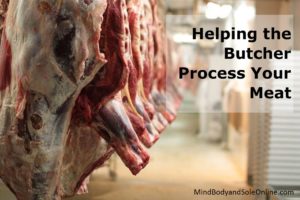
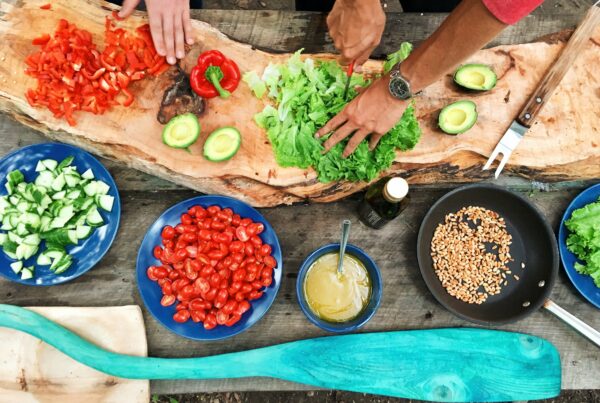
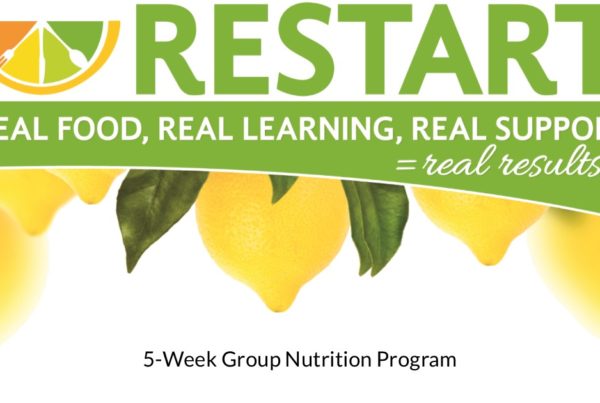
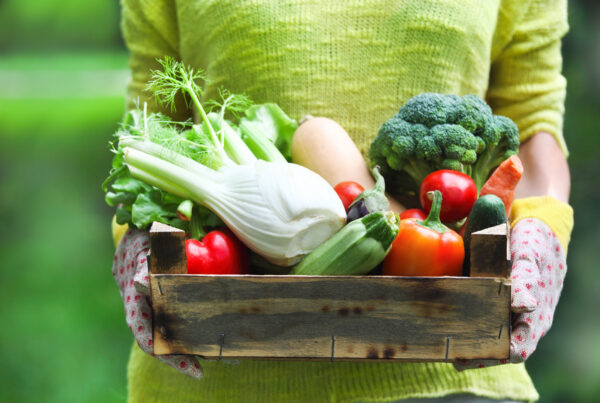
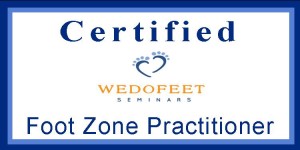

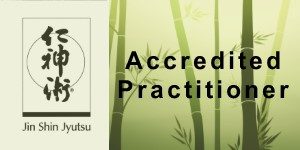



excellent post! I also read the article on the WAP website- tons of good info! I had no idea there was so much involved in meat. It makes me cringe at what we’re eating from a retail store, yuck!
Thanks Shari! You’re right! I’m so glad we still have the option in this country of purchasing meat, milk, eggs, and produce directly from the farmer. It’s nice to know how our food has been raised/grown and what it’s been fed. 🙂